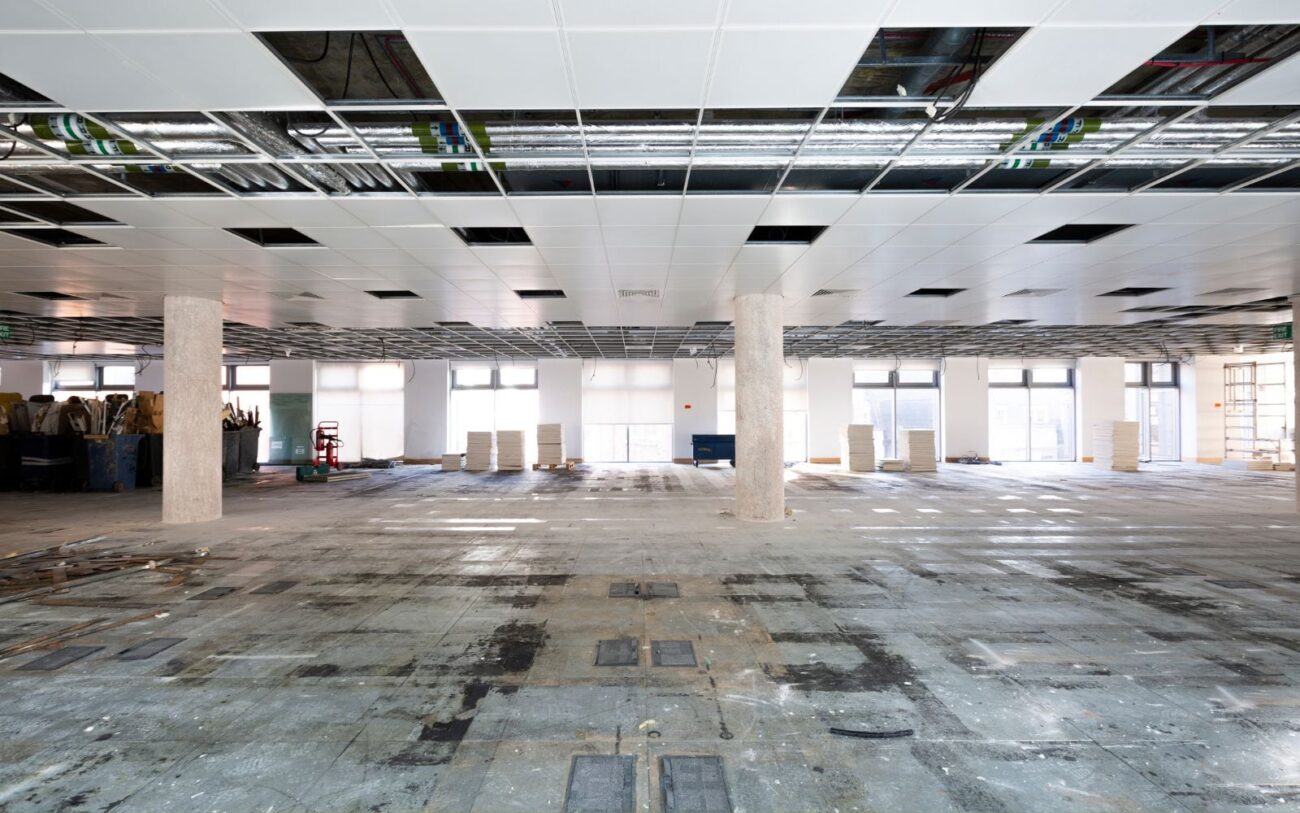So, which gains the most tax relief? Let’s take a look at 2 case studies to see what results were achieved.
Case Studies

-
Case Study 1: Hotel Renovation Project
Refurbishment cost: £804,000
Claim value: £547,000
Our client underwent extensive hotel refurbishments over 12 months. The refurbishment was a non-structural full overhaul of the property, and contractors were hired to carry out the renovation work. To accurately assess the expenses incurred during the refurbishment, detailed Quantity Surveyor Reports were provided by the contractors, which included a comprehensive breakdown of the expenditures along with supporting photographs. However, when it came to determining the maximum level of capital allowances the accountant faced challenges due to the complex legislation involved.
After careful examination, an Identified Claim Value of £547,000 was established. This represents a claim percentage of 68%.
-
Case Study 2: Construction of Care Homes
Construction costs: £2,455,000
Total tax savings: £130,000
Our second case study involved a limited company that built two care homes as an investment to rent them out. The client turned to us due to our reputable process. The claim focused solely on the construction costs, excluding tenant-related expenses. As care homes often generate substantial capital allowance claims, our client achieved a remarkable result. With a construction cost of £2,455,000, we identified capital allowances amounting to £660,000. The claim was submitted in 2019, resulting in total tax savings of £130,000 and a tax refund of £23,000, representing a claim percentage of 27%. The client praised the painless and efficient nature of the capital allowance claiming process and the friendly and supportive service provided by our team.
If you would like to discuss your scenario with one of our expert team, get in touch today!
Latest News
-
 15 November 2024
15 November 2024Specialist CA Tax Advice for Accountants
At CARS, we’ve been providing expert support and advice for accountants for years. We understand that in the fast-paced world of accounting, keeping up with every aspect of tax legislation can be a daunting task. For accountants, Capital Allowance (CA) tax relief is an area that holds significant... -
 8 November 2024
8 November 2024Understanding Research and Development Allowances (RDAs) on Capital Expenditure
Innovation is a beacon of progress, driving companies toward success and relevance. The pivotal role of Research and Development (R&D) in fostering innovation is recognised and, as a result, incentives are offered to businesses through mechanisms like Research and Development Allowances (RDAs). Understand...
Contact Us
Our expert team are here to help answer any of your capital allowances questions or enquires you have about your commercial property.





